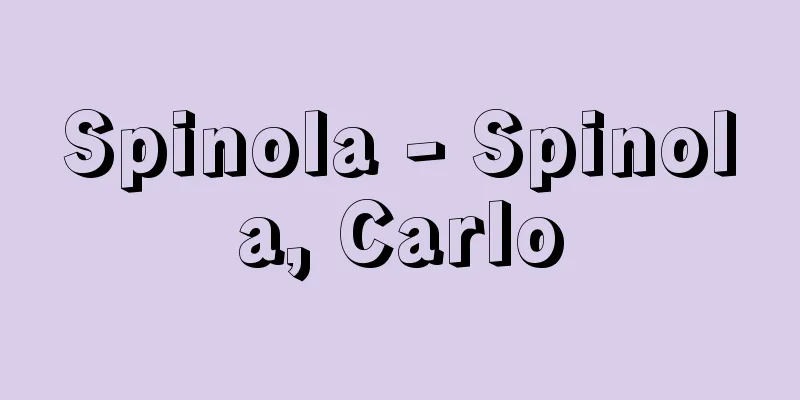Hodēgetria (English spelling)

|
...The great development of the iconography occurred in Byzantine art after Iconoclasm, when numerous types of icons were established. The main types include the Nikopoia type, in which the Virgin and Infant face forward and the Virgin holds the Infant in her arms (e.g., the mosaic in the south foyer of the Hagia Sophia, Istanbul, c. 1118), the Hodēgetria type, in which the Virgin holds the Infant in her left arm, and the more affectionate Glykophilousa type, in which the Infant rests against the Virgin's cheek (e.g., the Virgin of Vladimir, Tretyakov Gallery, Moscow, 12th century). These Eastern prototypes were introduced into Western Europe, where in the Romanesque period they were represented as wooden devotional figures such as the "Seat of Sophia," and in the Gothic period elegant standing statues of the Virgin Mary in the tradition of the Hodegetria type adorned many churches (e.g., the north transept of Notre Dame de Paris, c. 1250). From [Maria]…These Madonna and Child figures can be divided into several types. In the early Christian period, the Maria Orans type, in which Mary prays with her arms outstretched, was seen, but later, the types diverged, and in the East, there was the Hodēgetria type (meaning "Madonna of Guidance"), in which Mary stands (sometimes with her upper body) and holds the infant Jesus in her left arm, and the Eleousa type (Madonna of Affection), in which the infant is held and rubs its cheek against the mother's. These generally became popular as devotional figures (icons) on panel paintings. In Western Europe, they developed as seated figures (wooden metal figures or painted wooden figures) during the Romanesque period, and gradually replaced standing figures from the 13th century. … *Some of the terminology that mentions "Hodēgetria" is listed below. Source | Heibonsha World Encyclopedia 2nd Edition | Information |
|
…大々的な展開は,イコノクラスム以降のビザンティン美術に生じ,いわゆるイコンとして数多くの型式が確立された。主要なものとしては,ニコポイアNikopoia型すなわち聖母,幼児ともに正面向きで聖母が両手に幼児を抱く型(イスタンブールのハギア・ソフィア南階土間のモザイク,1118ころ,など),ホデゲトリアHodēgetria型,すなわち左腕に幼児を抱く聖母,あるいはより情愛に満ちたグリュコフィルサGlykophilousa型,すなわち聖母にほおをすり寄せる幼児(《ウラジーミルの聖母》モスクワのトレチヤコフ美術館,12世紀,など)等が挙げられる。これら東方の原型は西ヨーロッパに導入され,ロマネスク期には木彫の礼拝座像の《上智の座》として表され,ゴシック期にはホデゲトリア型の伝統を継ぐ優美な聖母立像が多くの教会堂を飾った(パリのノートル・ダム大聖堂北袖廊正面,1250ころ,など)。… 【マリア】より…これらの聖母子像は幾つかの類型に分けることができる。初期キリスト教時代にはマリアが両手を広げて祈るマリア・オランスMaria Orans型が見られるが,その後類型が分化し,東方では立勢(ときには上半身)で左腕に幼児イエスを抱くホデゲトリアHodēgetria型(〈導く聖母〉の意),抱かれた聖子が母に頰をすりよせるエレウサEleousa型(〈いとおしみの聖母〉)などがあり,一般に板絵の礼拝像(イコン)として普及した。西ヨーロッパではロマネスク期に丸彫座像(木身の金属像または彩色木像)として発達し,13世紀からそれがしだいに立像に代わった。… ※「Hodēgetria」について言及している用語解説の一部を掲載しています。 出典|株式会社平凡社世界大百科事典 第2版について | 情報 |
<<: Hodgkin, AL (English spelling) HodgkinAL
Recommend
Héroult - Paul Louis Toussaint Héroult
French metallurgist. Born in Harcourt, he entered...
Ibaragani (Lithodes turritus)
A species of the family Lithodidae in the class Cr...
Giki
(Noun) ("Gi" refers to the special privi...
Communicable disease - densenbyo (English spelling)
A general term for diseases in which a pathogen s...
Kushikino mine
A gold and silver mine operated by Mitsui Kushikin...
Etienne (English spelling) Robert Estienne
[1503-1559] French publisher and humanist. He edit...
University of Montpellier - Montpellier University
A traditional university in Montpellier in the sou...
Nkore
...a kingdom in Uganda, East Africa. In 1898, the...
Apron reef - Apronsho
...The planar and cross-sectional shapes of coral...
Transesterification
This is a reaction in which an ester is reacted w...
Golden Cigarette
...However, it is thought that the term "enb...
epithelial tissue
…[Hisao Fujita] [Takefu Machida]. … *Some of the ...
Osaka Copper Blown Companies
…In response to this, the copper mines began to s...
Dabetsusen - Dabetsusen
In the Middle Ages, checkpoint fees were levied at...
Birth Buddha - Tanjobutsu
Abbreviation of "Born Buddha" (Shakabut...









